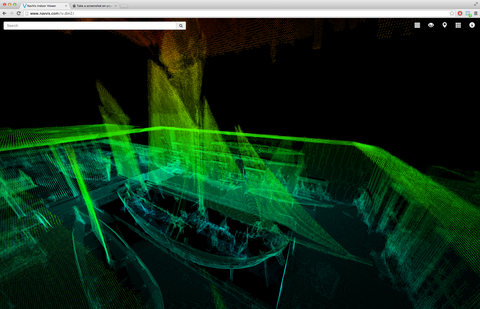From Nick Hawes via ros-users@
I would like to announce the release of a new suite of tools to enable the persistent storage, analysis and retrieval of ROS messages in a MongoDB database.
The mongodb_store package:
http://wiki.ros.org/mongodb_store
... provides nodes to store arbitrary ROS messages in a MongoDB database, query the database and retrieve messages, with helper classes in C++ and Python. Nodes are also available to provide rosbag-like functionality using the [same db format] (http://wiki.ros.org/mongodbstore#LoggingofTopics:mongodblog) and also [parameter persistence across system runs] (http://wiki.ros.org/mongodbstore#Parameterpersistence:config_manager.py).
Packages are available on Ubuntu for Indigo and Hydro, e.g.
- ros-indigo-mongodb-log - The mongodb_log package
- ros-indigo-mongodb-store - A package to support MongoDB-based storage and analysis for data from a ROS system, eg. saved messages, configurations etc
- ros-indigo-mongodb-store-msgs - The mongodbstoremsgs package
These tools were developed by the STRANDS project to support the development, debugging and runtime introspection of long-term autonomous mobile robots, but we hope they will be useful to the ROS community more generally.
In the near future we plan to release tools for serving maps from mongodb_store and for logging streams of RGB-D data in a compressed format .
Note that there is an overlap in functionality between these tools and warehouse-ros. We developed our own solution as the existing packages appeared to be unsupported and special-purpose, but as this appears to be changing, we may want to look at combining these two packages.
For feedback, pull requests, feature requests and bug reports please go to: https://github.com/strands-project/mongodb_store/issues







![[NavVis]TrolleyM3_total_3.png](http://www.ros.org/news/assets_c/2014/10/[NavVis]TrolleyM3_total_3-thumb-480x317-966.png)
